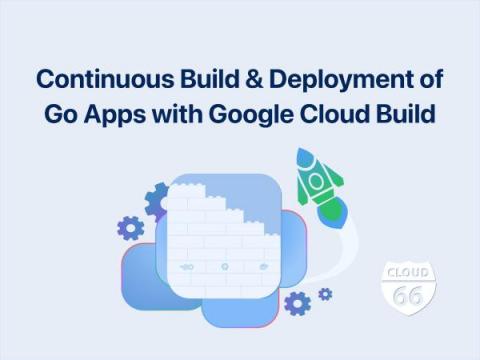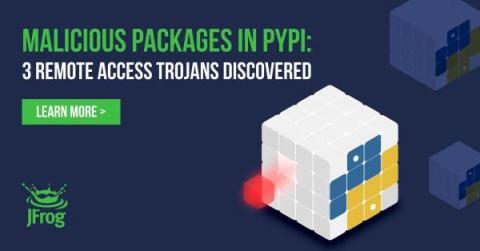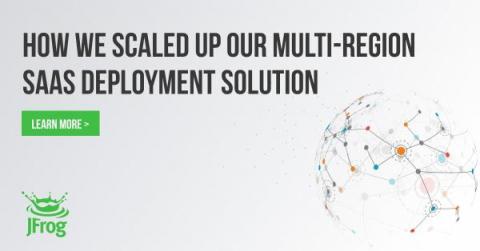Continuous Build and Deployment of Go Applications with Google Cloud Build
We've gone through many iterations of ways to build, deploy and distribute applications written in Go at Cloud 66. Unlike Rails, Go applications can be web applications, daemons or CLIs and therefore have different requirements. I'll share some of what we've learned with you in this post.











